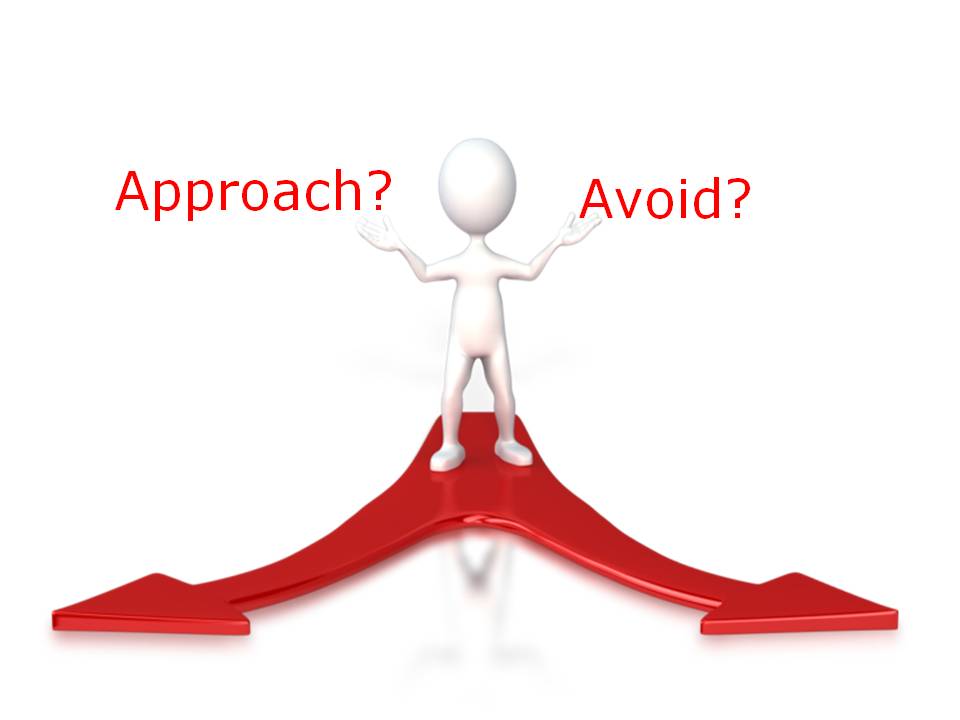
Theories of Motivation
January 24, 2019Needs are the core of the marketing concept. The study of Motivation refers to all the processes that drives in a person to perceive a need and pursue a definite course of action to fulfill that need.

What are Needs − Every individual has needs that are required to be fulfilled. Primary needs are food, clothing, shelter and secondary needs are society, culture etc.
What are Wants − Needs are the necessities, but wants are something more in addition to the needs. For example, food is a need and type of food is our want.
What are Goals − Goals are the objectives that have to be fulfilled. Goals are generic and product specific in nature. Generic goals are general in nature, whereas product specific goals are the desires of a specific nature.
Needs and fulfillment are the basis of motivation. Change takes place due to both internal as well as external factors. Sometimes needs are satisfied and sometimes they are not due to individual’s personal, social, cultural or financial needs.
Theories of Motivation
Maslow’s Theory of Need Hierarchy
Based on the notion of a universal hierarchy of human needs Dr Abraham Maslow, a clinical psychologist formulated a widely accepted theory of human motivation. This identifies five basic levels of human need which rank in order of importance from lower level needs to higher level needs.
This theory signifies the importance of satisfying the lower level needs before higher level needs arise. According to this theory, dissatisfaction motivates the consumer.
Following are the levels of human needs −
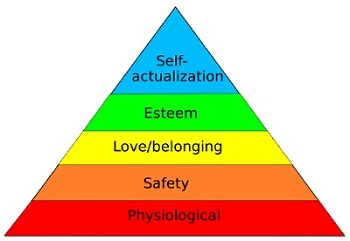
Maslow’s Need Hierarchy Theory
- Physiological Needs − Food, clothing, air, and shelter are the first level needs. They are known as the basic necessities or primary needs.

- Safety or Security Needs − Once the first level needs are satisfied, consumers move to the next level. Physical safety, security, stability and protection are the security needs.
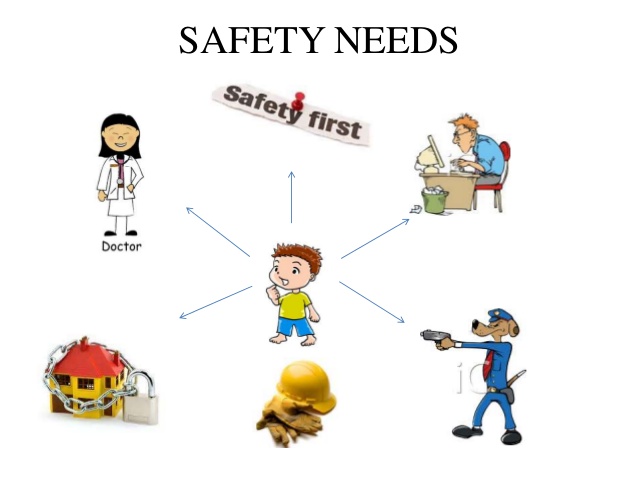
- Social Needs − After the safety needs are satisfied, consumers expect friendship, belonging, attachment. They need to maintain themselves in a society and try to be accepted.

- Esteem Needs − Then comes esteem needs such as self-esteem, status, prestige. Individuals here in this stage want to rise above the general level as compared to others to achieve mental satisfaction.
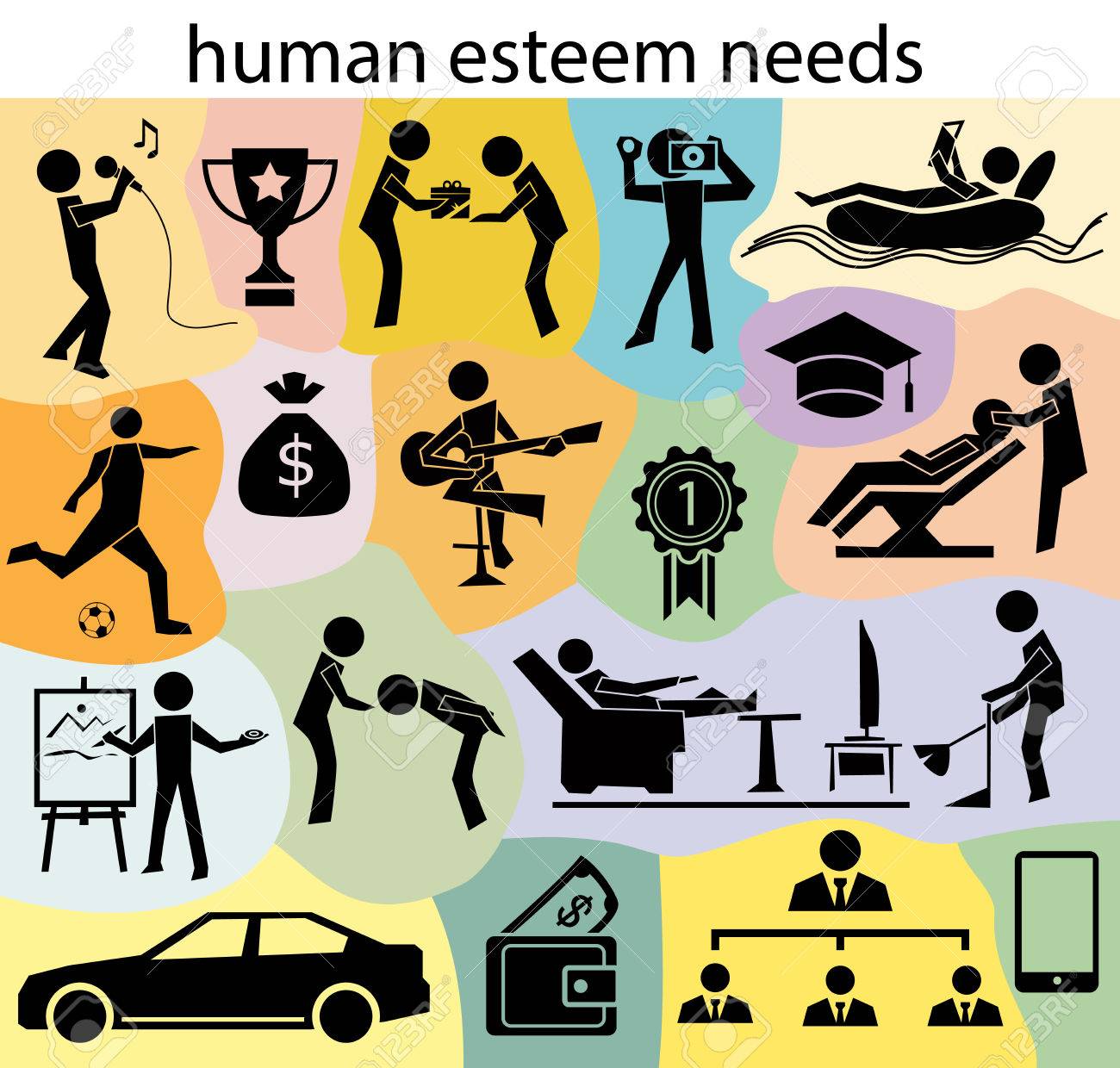
human esteem needs
- Self-Actualization − This is the highest stage of the hierarchy. People here, try to excel in their field and improve their level of achievement. They are known as self-actualizers.
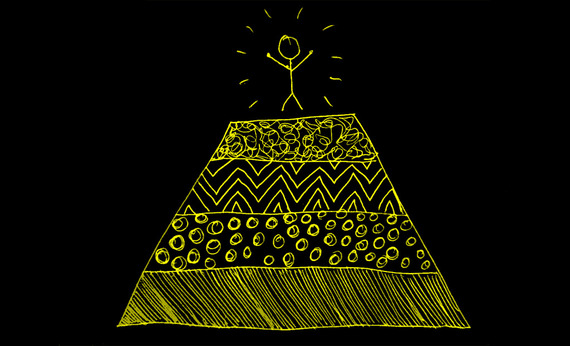
McGuire’s Psychological Motivations is a classification system that organizes theories of motives into 16 categories. The system helps marketers to isolate motives likely to be involved in various consumption situations.
McGuire first divided the motivation into two main categories using two criteria:
- Is the mode of motivation cognitive or affective?
- Is the motive focused on preservation of the status quo or on growth?
Then for each division in each category he stated there is two more basic elements.
- Is this behavior actively initiated or in response to the environment?
- Does this behavior help the individual achieve a new internal or a new external relationship to the environment?
Divisions of categories
- Cognitive Preservation Motives
- a. Need for Consistency (active, internal)
- b. Need for Attribution (active, external)
- c. Need to categorize (passive, internal)
- d. Need for objectification (passive, external)
- Cognitive Growth Motives
- a. Need for Autonomy (active, internal)
- b. Need for Stimulation (active, external)
- c. Teleological Need (passive, internal)
- d. Utilitarian Need (passive, external)
- Affective Preservation Motives
- a. Need for Tension Reduction
- b. Need for Expression (active, external)
- c. Need for Ego Defense (passive, internal)
- d. Need for Reinforcement (passive, external)
- Affective Growth Motives
- a. Need for Assertion (active, internal)
- b. Need for Affiliation (active, external)
- c. Need for Identification (passive, internal)
- d. Need for Modeling (passive, external)
Motivational Theory and Marketing Strategies
Marketers have to understand the motives of their potential customers to enjoy good sales. A buyer has several motives and each change with various elements. In such cases the marketers can readily help their customers by changing their marketing strategy so that the conflict is resolved. Following are the major conflicts that may arise −
- Approach Conflict − This conflict arises when a consumer has two different choices of similar products or services. He gives equal importance to them, but is unable to choose one over the other.

- Approach Avoidance Conflict − This type of conflict happens when the consumer decides in favor of a product, but is unhappy with a particular feature of the product and wants to avoid it. Under such circumstances, the marketer may come up with few modifications in the existing product and make it suitable for the consumer.
